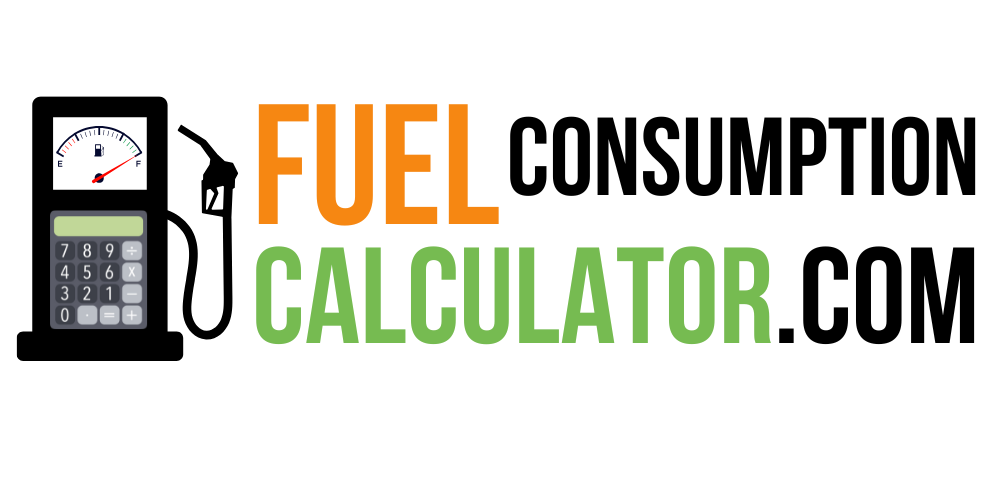Did you know that up to 30% of a vehicle’s fuel consumption can be attributed to the condition and type of its tires? This surprising fact highlights the significant impact that worn tires can have on your car’s fuel efficiency. In this article, we will delve into how worn tires affect fuel consumption, what factors contribute to this impact, and provide actionable tips to help you optimize your vehicle’s fuel efficiency.
Contents
Key Takeaways
- Rolling Resistance: Worn tires can increase rolling resistance, leading to higher fuel consumption.
- Tire Pressure: Proper tire inflation is crucial for maintaining optimal fuel efficiency.
- Tire Type: Different types of tires have varying fuel efficiency ratings, with some designed to reduce rolling resistance.
- Tread Depth: Tires with lower tread depth can skid more, using more fuel to move the vehicle.
- Maintenance: Regular tire maintenance, including rotations and alignments, can significantly improve fuel efficiency.
The Impact of Rolling Resistance
Rolling resistance is a key factor in how tires affect fuel consumption. It is defined as the force required to make a loaded tire roll. When tires are worn, their shape and structure change, leading to increased rolling resistance. This increased resistance means the engine has to work harder, resulting in higher fuel consumption.
How Rolling Resistance Affects Fuel Efficiency
- Energy Conversion: As a tire rolls, its shape changes repeatedly due to cycles of deformation and recovery. This process converts mechanical energy into heat, which is dissipated, reducing the energy available to turn the wheels.
- Tire Wear: Worn tires have less rubber and harder rubber, which can actually reduce rolling resistance compared to new, softer tires. However, this comes at the cost of reduced grip and safety.
The Role of Tire Pressure
Tire pressure plays a critical role in fuel efficiency. Underinflated or overinflated tires can both lead to increased rolling resistance.
Effects of Incorrect Tire Pressure
- Underinflation: Underinflated tires deform more, creating more surface area in contact with the road. This increases rolling resistance and fuel consumption.
- Overinflation: Overinflated tires are less flexible, leading to increased rolling resistance due to reduced contact with the road.
The Influence of Tire Type
Different types of tires are designed with varying priorities, including fuel efficiency, grip, and durability.
Fuel-Efficient Tires
- Low Rolling Resistance Tires: Tires like Michelin’s Energy Saver A/S and Goodyear’s Assurance Fuel Max are designed to reduce rolling resistance, leading to improved fuel efficiency and lower CO2 emissions.
- High Performance Tires: Ultra high-performance tires, such as the Continental DSW6+, may prioritize grip and performance over fuel efficiency, resulting in higher rolling resistance and lower fuel economy.
The Importance of Tread Depth
Tread depth is another critical factor in fuel efficiency. Tires with adequate tread depth provide better grip, reducing the likelihood of skidding and the subsequent increase in fuel consumption.
Optimal Tread Depth
- Recommended Tread Depth: It is recommended to replace tires once the tread depth falls below 3mm, as lower tread depths significantly reduce grip and fuel efficiency.
Examples and Applications
Case Study: Fuel-Efficient Tires
A study by the National Research Council showed that current generation low rolling resistance tires offer similar snow traction performance as conventional tires while reducing fuel consumption and emissions. For example, Michelin’s Energy Saver A/S tires can save up to $400 in gas over the life of the tires by reducing rolling resistance.
Practical Application
To apply this information, ensure your tires are inflated to the recommended pressure, choose tires with low rolling resistance if fuel efficiency is a priority, and maintain regular tire rotations and alignments. For instance, checking your tire pressure monthly and ensuring it is at the correct PSI can improve fuel efficiency by up to 10%.
The Bottom Line
Maintaining your tires is not just about safety; it also has a significant impact on your vehicle’s fuel efficiency. By understanding the factors that contribute to rolling resistance, choosing the right type of tire, and ensuring proper tire maintenance, you can save money on fuel and reduce your carbon footprint. So, next time you check your car, don’t forget to give your tires some attention – your wallet and the environment will thank you. Take the first step today by checking your tire pressure and considering a switch to fuel-efficient tires.

Hi, I’m Sufiyan, the developer behind this platform. I created FuelConsumptionCalculator.com to simplify fuel tracking for everyone — because understanding your vehicle shouldn’t require a degree in mechanics. I’m always working on adding more tools and content to make this site even more useful

